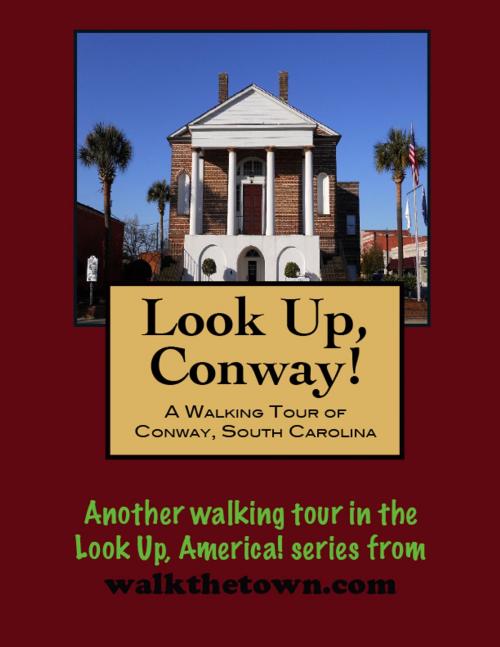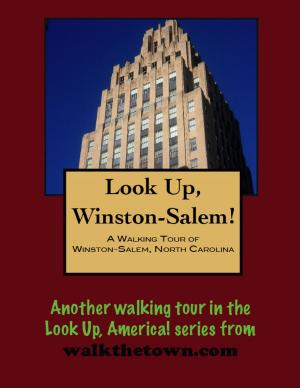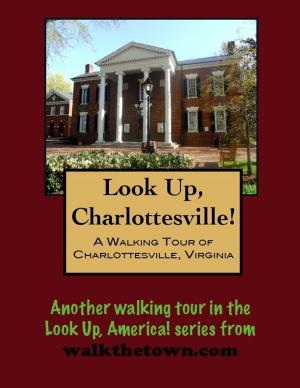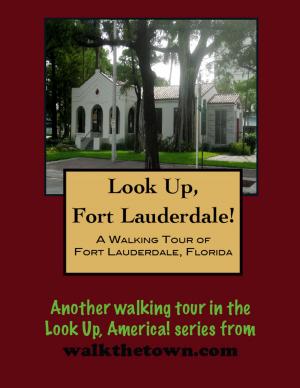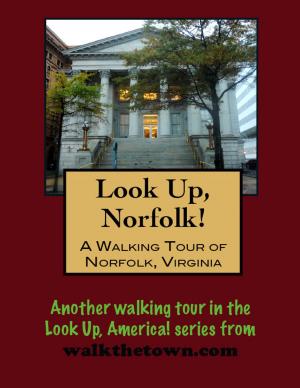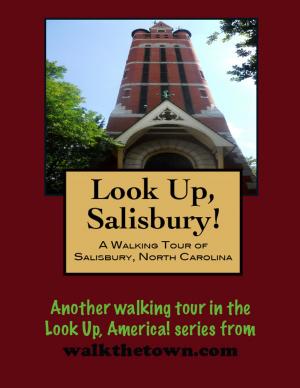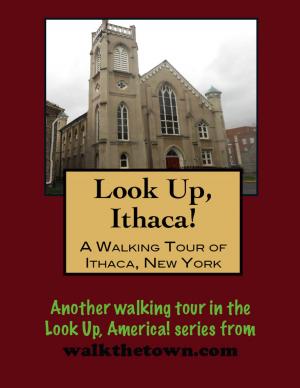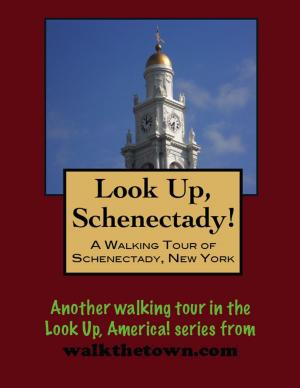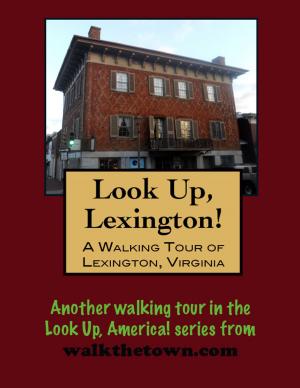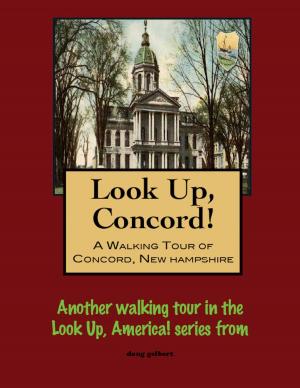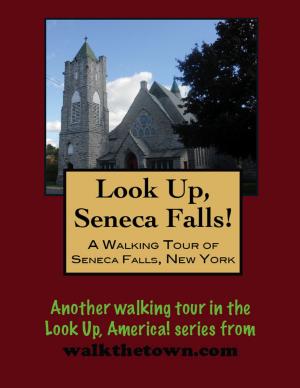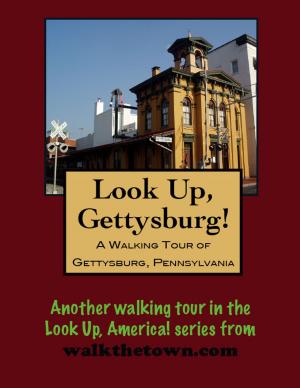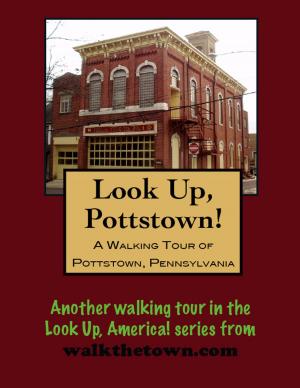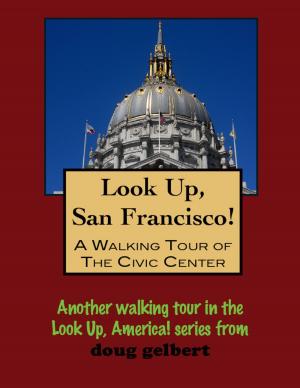| Author: | Doug Gelbert | ISBN: | 9781458171436 |
| Publisher: | Doug Gelbert | Publication: | March 5, 2011 |
| Imprint: | Smashwords Edition | Language: | English |
| Author: | Doug Gelbert |
| ISBN: | 9781458171436 |
| Publisher: | Doug Gelbert |
| Publication: | March 5, 2011 |
| Imprint: | Smashwords Edition |
| Language: | English |
There is no better way to see America than on foot. And there is no better way to appreciate what you are looking at than with a walking tour. This walking tour of Conway, South Carolina is ready to explore when you are. Each walking tour describes historical, architectural landmarks, cultural sites and ecclesiastic touchstones and provides step-by-step directions.
Every tour also includes a quick primer on identifying architectural styles seen on American streets.
Robert Johnson, Royal Governor of South Carolina in 1730, hatched a plan to develop this area that included the site of Kingston on a river bluff. By 1735 the first settlers had arrived. When the American Revolution exploded, numerous residents took up the cause of independence including Francis Marion, the “Swamp Fox,” who had an encampment near Kingston just across the Waccamaw River.
After the war new political boundaries were drawn and in 1785 Kingston County was created. The county name was changed in 1801 to honor Peter Horry who had stood alone from King George in the battle for freedom. Kingston’s name was soon to change as well - it became Conwayborough for General Robert Conway. It was designated the county seat and a courthouse constructed. Regardless, growth came slowly. The town greeted the new 19th century with about 100 inhabitants and an 1832 state geographical survey identified only 200 townsfolk.
Real growth didn’t come to Conway (the town’s name was shortened in 1883) until after the Civil War when lumber and naval stores were developed along the Waccamaw River. Riverboats plied the waters swapping passengers and goods between the town and Georgetown on the coast. In 1887 the railroad reached Conway.
Most of the early frame buildings in town were burned and destroyed by a major fire in the 1890s. These were gradually replaced by brick buildings erected until 1940, most of which exist today. The Conway Downtown Historic District has not changed significantly since 1940. Our walking tour of South Carolina’s Rivertown, draped in ancient oak trees, begins at the black water of the Waccamaw River...
There is no better way to see America than on foot. And there is no better way to appreciate what you are looking at than with a walking tour. This walking tour of Conway, South Carolina is ready to explore when you are. Each walking tour describes historical, architectural landmarks, cultural sites and ecclesiastic touchstones and provides step-by-step directions.
Every tour also includes a quick primer on identifying architectural styles seen on American streets.
Robert Johnson, Royal Governor of South Carolina in 1730, hatched a plan to develop this area that included the site of Kingston on a river bluff. By 1735 the first settlers had arrived. When the American Revolution exploded, numerous residents took up the cause of independence including Francis Marion, the “Swamp Fox,” who had an encampment near Kingston just across the Waccamaw River.
After the war new political boundaries were drawn and in 1785 Kingston County was created. The county name was changed in 1801 to honor Peter Horry who had stood alone from King George in the battle for freedom. Kingston’s name was soon to change as well - it became Conwayborough for General Robert Conway. It was designated the county seat and a courthouse constructed. Regardless, growth came slowly. The town greeted the new 19th century with about 100 inhabitants and an 1832 state geographical survey identified only 200 townsfolk.
Real growth didn’t come to Conway (the town’s name was shortened in 1883) until after the Civil War when lumber and naval stores were developed along the Waccamaw River. Riverboats plied the waters swapping passengers and goods between the town and Georgetown on the coast. In 1887 the railroad reached Conway.
Most of the early frame buildings in town were burned and destroyed by a major fire in the 1890s. These were gradually replaced by brick buildings erected until 1940, most of which exist today. The Conway Downtown Historic District has not changed significantly since 1940. Our walking tour of South Carolina’s Rivertown, draped in ancient oak trees, begins at the black water of the Waccamaw River...
